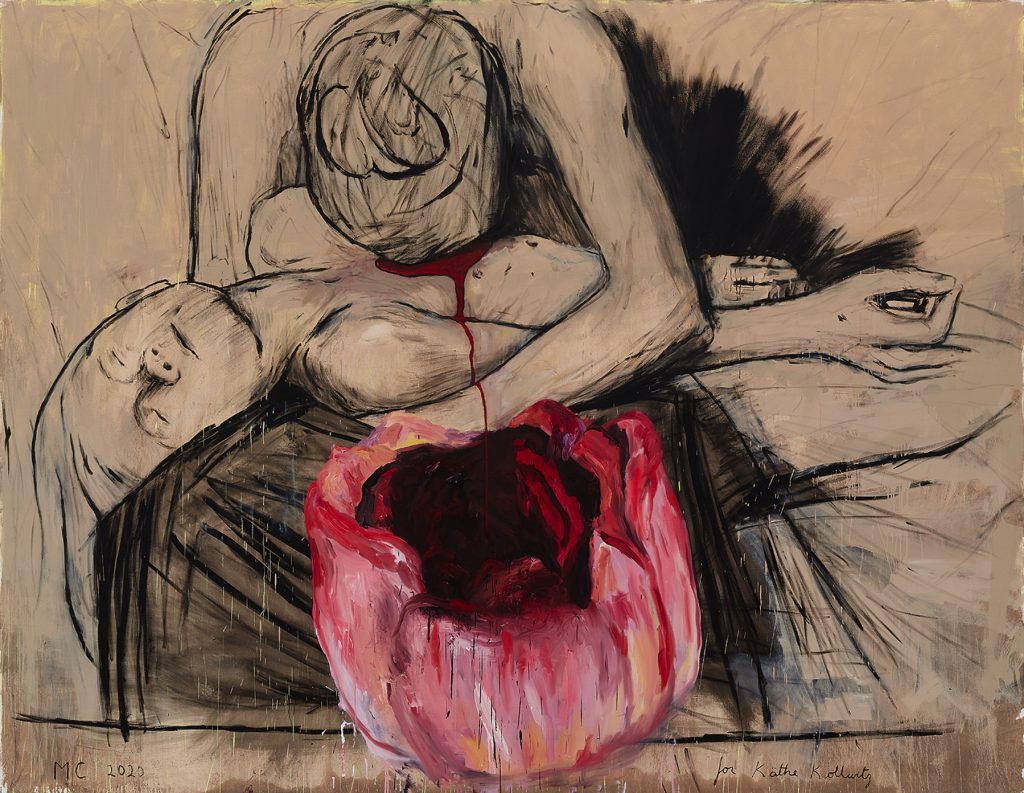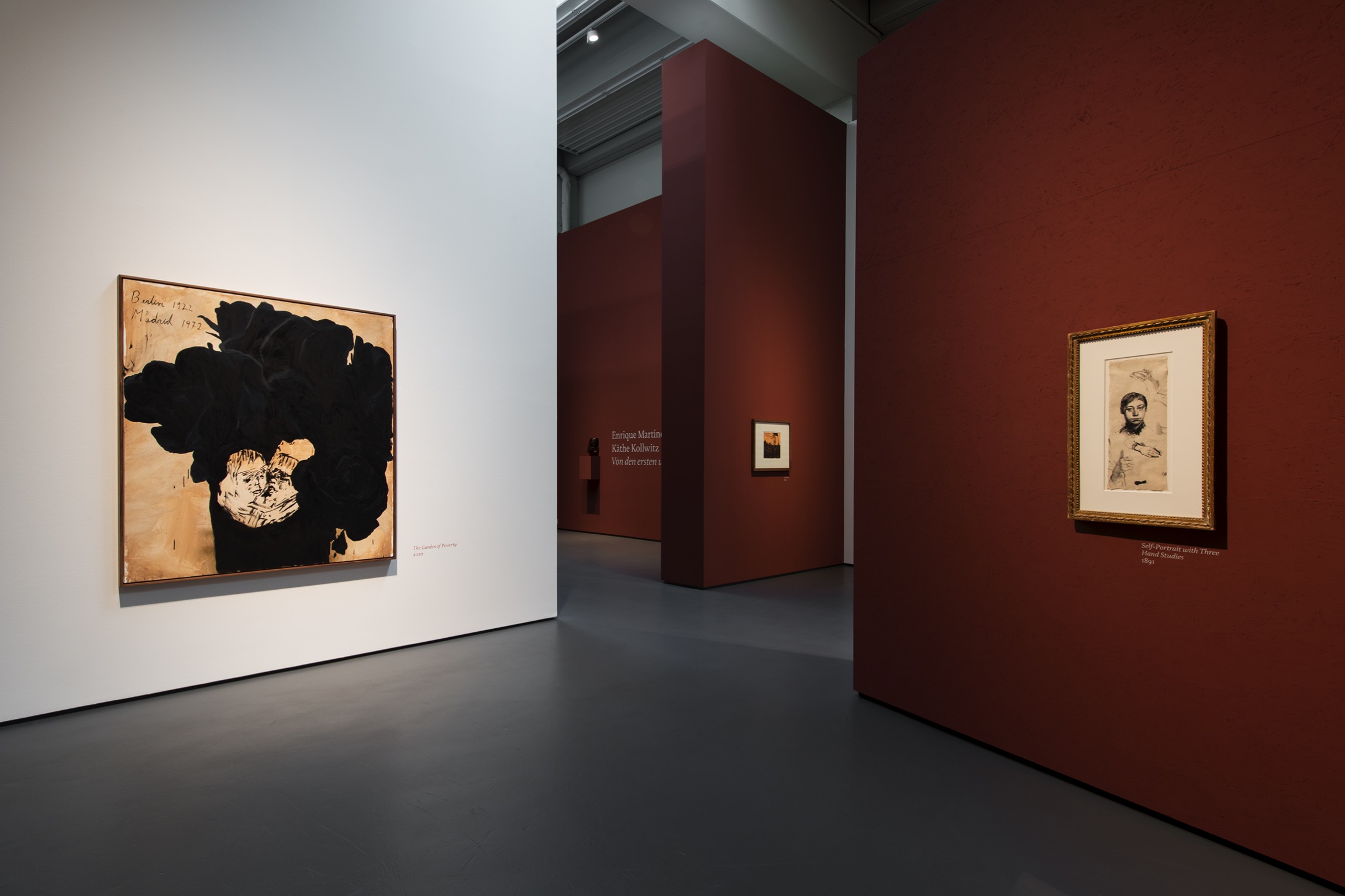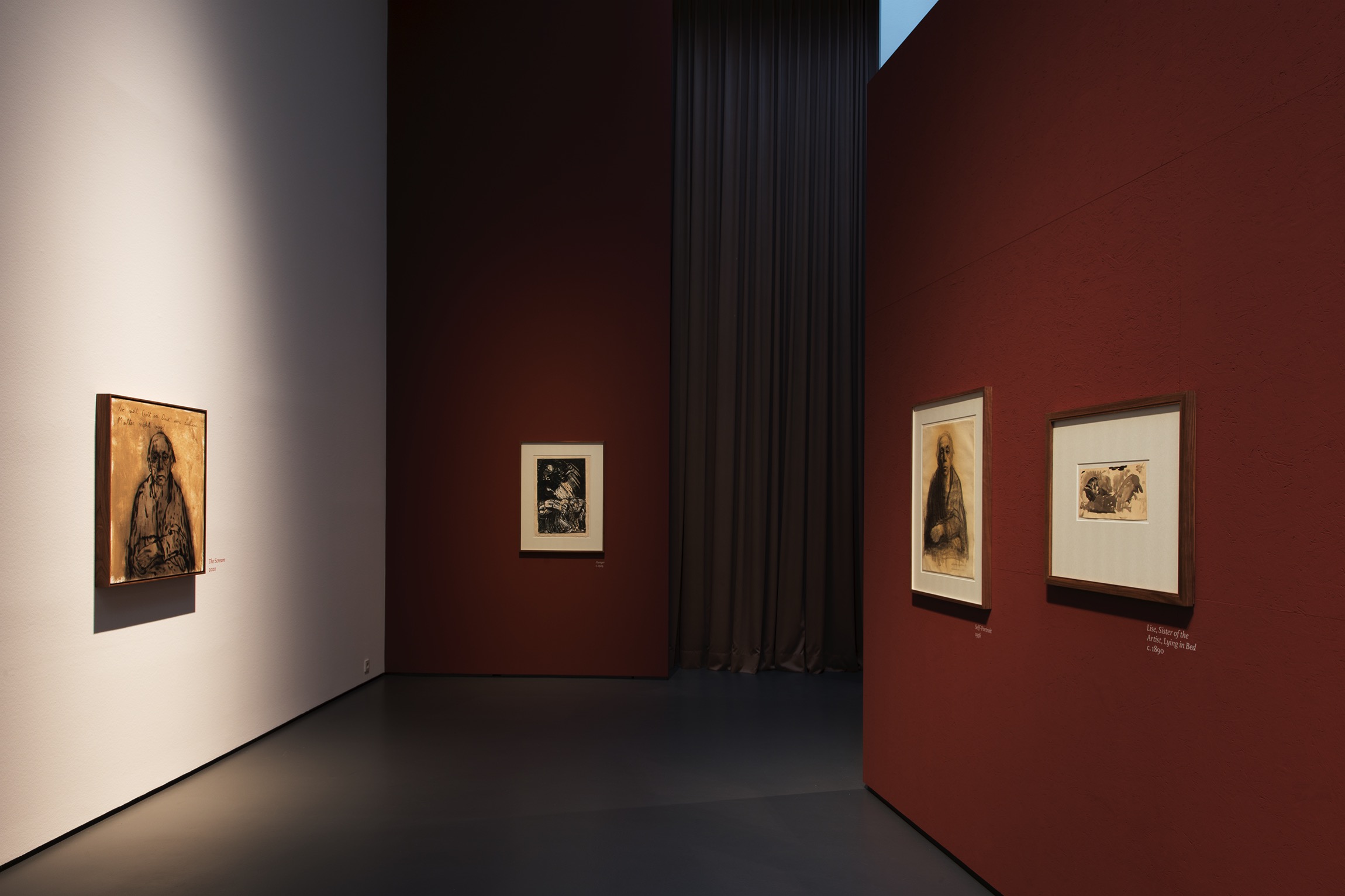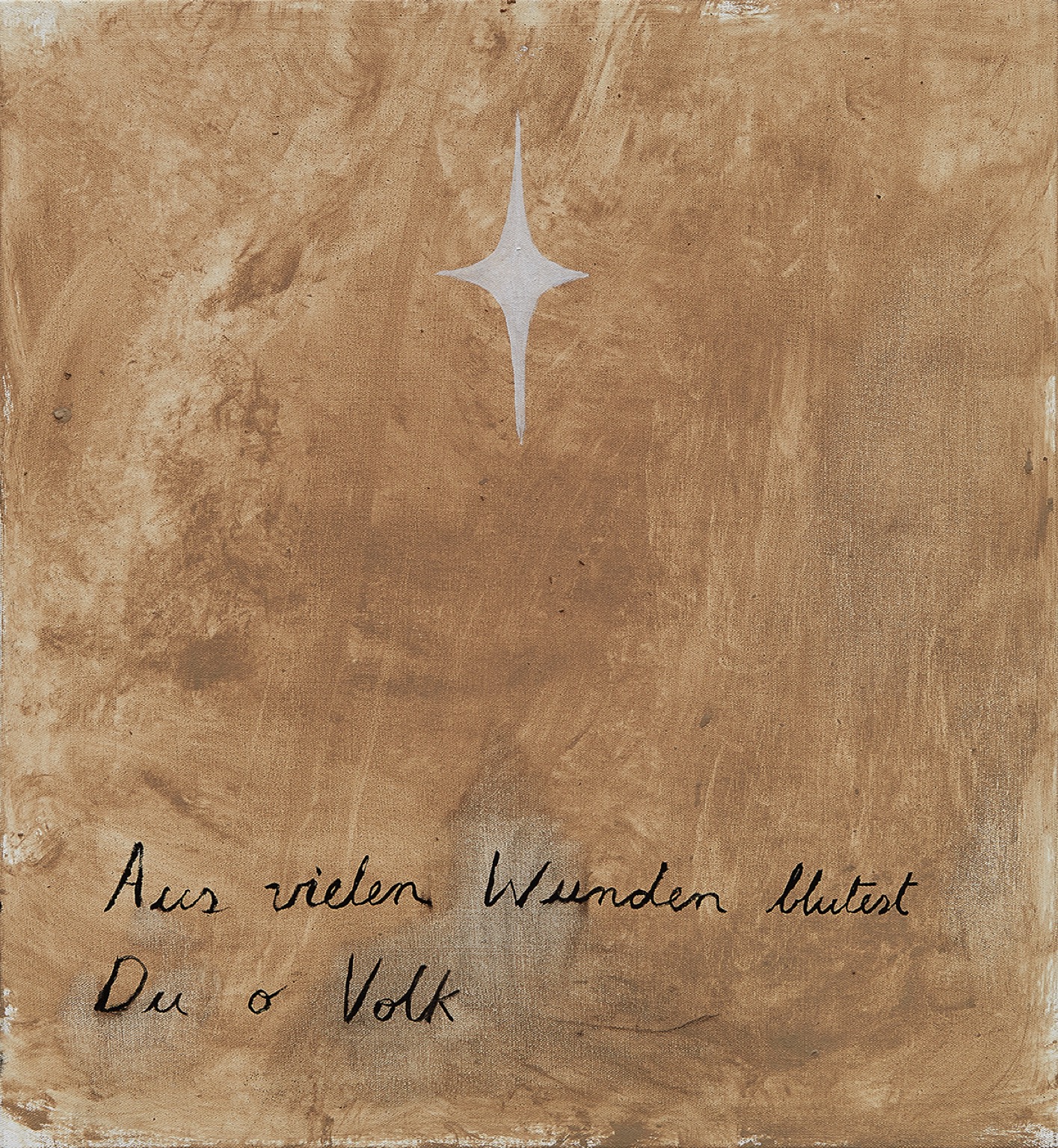Enrique Martínez Celaya
Käthe Kollwitz
Von den ersten und den letzten Dingen
Works

Enrique Martínez Celaya
The Puppet
2020
Oil and wax on canvas
198.1 × 152.4 cm

Enrique Martínez Celaya
The Child’s Song
2020
Oil and wax on canvas
294.6 × 381 cm

Enrique Martínez Celaya
The Marker (K. K.)
2016
Ink on paper
86.4 × 63.5 cm

Enrique Martínez Celaya
The Garden of Poverty
2020
Oil and wax on canvas
160 × 144.8 cm

Enrique Martínez Celaya
The Lesson
2020
Oil and wax on canvas
254 × 190.5 cm

Enrique Martínez Celaya
The Long Night
2020
Oil and wax on canvas
127 × 91.4 cm


Enrique Martínez Celaya
The Lament
2020
Oil and wax on canvas
177.8 × 160 cm

Enrique Martínez Celaya
The Heart of Glass
2020
Concrete
165.7 × 100 × 93 cm

Enrique Martínez Celaya
The Kiss of Air
2020
Oil and wax on canvas
129.5 × 144.8 cm

Enrique Martínez Celaya
The Scream
2020
Oil and wax on canvas
81.3 × 76.2 cm

Enrique Martínez Celaya
The Wound
2020
Oil and wax on canvas
61 × 55.9 cm

Käthe Kollwitz
Die Freiwilligen
1920
Charcoal and chalk on paper
45 × 60 cm
The Fritsch Collection, Berlin

Käthe Kollwitz
The Sacrifice
1922
Ink and opaque white on paper
38 × 41 cm
The Fritsch Collection, Berlin

Käthe Kollwitz
Hunger
c. 1925
Rejected version of sheet 2 from the series Proletariat
Woodcut on paper, worked over with ink and opaque white
59.9 × 43.2 cm
The Fritsch Collection, Berlin

Käthe Kollwitz
Self-Portrait
1890
Ink and graphite on paper
21.5 × 14.2 cm
The Fritsch Collection, Berlin

Käthe Kollwitz
Schlachtfeld
1907
Chalk on paper
48.9 × 40.8 cm
The Fritsch Collection, Berlin

Käthe Kollwitz
Self-Portrait, en Face
c. 1892
Ink and graphite on paper
13.7 × 10 cm
The Fritsch Collection, Berlin

Käthe Kollwitz
Death, Woman and Child
c. 1910
Charcoal on paper
56.5 × 48 cm
The Fritsch Collection, Berlin
Text
Looking at Käthe Kollwitz‘ work makes me feel less alone.
She knew about the consequences of what it means to be human.
— Enrique Martínez Celaya
Enrique Martínez Celaya (*1964) was just a teenager when he first discovered German culture. It may seem surprising that an artist born in Cuba, who grew up in Spain and Puerto Rico and entirely outside the realm of German influence, is to this day so fascinated by the “Land of Poets and Thinkers.” Whereas most people would rate Nietzsche, Brecht and Hegel as heavy duty, this young Latino ravenously devoured the work of German writers and philosophers, and in so doing he stumbled across Käthe Kollwitz (1867–1945). The most famous female German artist of all, whose work is situated between Realism and Expressionism, became an elective affinity and an inspiration for his own “being an artist in this world.” For some years now, his older colleague (or at least one of her self-portraits, which now hangs in his studio) has looked over his shoulder as he works.
Martínez Celaya shares this passion for Kollwitz with Gudrun and Martin Fritsch, who have promoted her oeuvre in two ways. The Berlin-based husband-and-wife team have not only built a significant collection of her art but were also managing the affairs of the private Käthe-Kollwitz-Museum in Berlin for many years.
The Fritsch Collection served Martínez Celaya as a springboard for a cycle consisting of nine paintings, two works on paper, and a sculpture. Most of these works are adaptations of privotal drawings by Kollwitz that testify to her profound humanism and her desire to have a social impact. In times marked by a global pandemic and refugee crisis, Martínez Celaya brings her humanitarian message into the present with a new intensity. The result is a homage in a double sense: to the artist who played such a decisive part in his own artistic formation and to the two collectors who have made such a significant contribution to the knowledge and appreciation of her work.
Catalogue

Käthe Kollwitz
Von den ersten und den letzten Dingen
Edited by
Gudrun and Martin Fritsch, Juerg Judin and Pay Matthis Karstens
Texts by Anita Beloubek-Hammer, Gudrun Fritsch, Juerg Judin and Pay Matthis Karstens
With a conversation between Gudrun Fritsch and Enrique Martínez Celaya
In German and English
295 × 243 mm
128 pages, hardcover
144 color ill.
Published by Hatje Cantz, Berlin 2021
ISBN 978-3-7757-4922-0



































